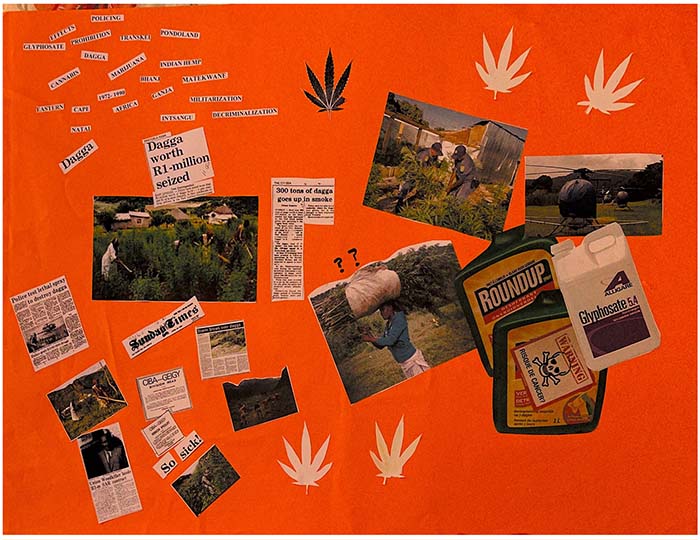Collage

Efforts to combat and control dagga consumption, sale and cultivation can be traced from as early as the late 19th century in South Africa. Evidence points that different governments in South Africa, from the colonial to apartheid government have introduced legislation to deal with the dagga problem. Native South Africans who had a long-standing history of dagga have been greatly affected by government and police interference in their dagga businesses. Various strategies to reduce demand were implemented. Dagga plants were eradicated through by uprooting and burning the plants, especially from the 1950s and 1960s. However, from 1972 onwards, a more “effective and efficient” strategy was introduced. This strategy was the aerial spraying of glyphosate herbicide on dagga plants. This became a popular strategy, because it made the work of police easier, however with this strategy a lot of concerns emerged as this was an experimental strategy with little research. Areas that were identified as the “hotspots” of dagga supply like Pondoland in the Eastern Cape and Bergville in Natal were amongst the affected by the glyphosate herbicide. The collage visually explores the implications of dagga policing, environmental and social impacts of aerial dagga spraying of glyphosate herbicide in the Pondoland community drawing on visual documentation and archival records.